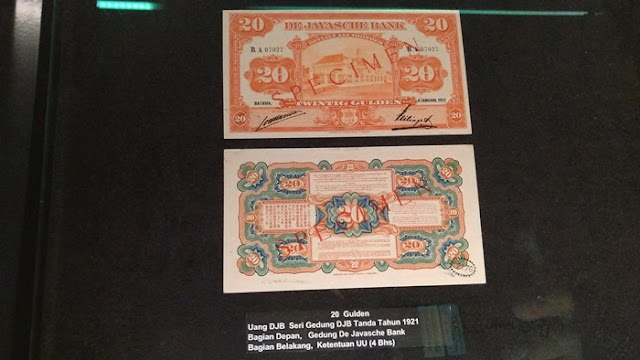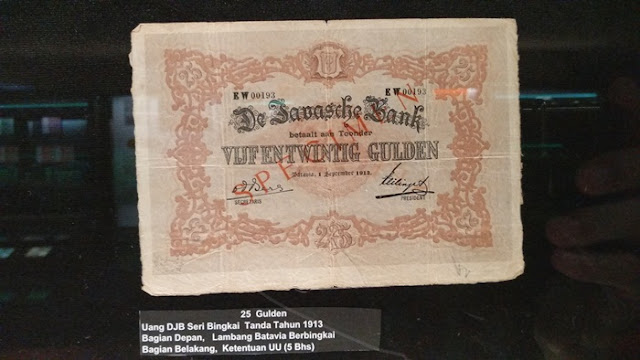In 1824,
the colonial government established the NHM (Nederlandsche Handelsmaatschappij)
or the Trading Company of the Netherlands
to handle the exports of crops from the Dutch Indies.
As the agricultural and mining industries bloomed, the Dutch industrialist needed a bank to help their businesses grew further. In 1828, King Willem I issued a decree which formed as the basis for the establishment of De Javasche Bank as the circulation bank to facilitate trades in the Dutch Indies. NHM also contributed some funds for the Bank’s initial capital.
In
its early years, De Javasche Bank occupied a two-storied building that
previously housed the Binnenhospitaal or the hospital that was situated right
at the inner side of the Batavian city wall.
As a
private bank, De Javasche Bank’s activities had been closely related with the
trades of commodities from all around the Dutch Indies, and it therefore, had
its offices also in several other cities such as Semarang ,
Surabaya , Padang ,
Medan , and Solo.
De
Javasche Bank grew rapidly. Its branches were opened in many cities in the
Dutch Indies and in 1891, a branch office was opened in Amsterdam ,
therefore facilitating the transfers of payments with the Netherlands .
As
its activities grew even more diverse, after 80 (eighty) years, the old
Binnenhospitaal building was deemed inadequate. A long series of 4 (four) big
renovations thus commenced. The first one being in 1909 and the last one, 1933.
Eventually, the old building was completely replaced by the grand building that
we see today.
To provide knowledge to the public about the role of Bank Indonesia Indonesia Indonesia Indonesia Republic of Indonesia , Dr Susilo Bambang
Yudhoyono on July 21, 2009 .

















